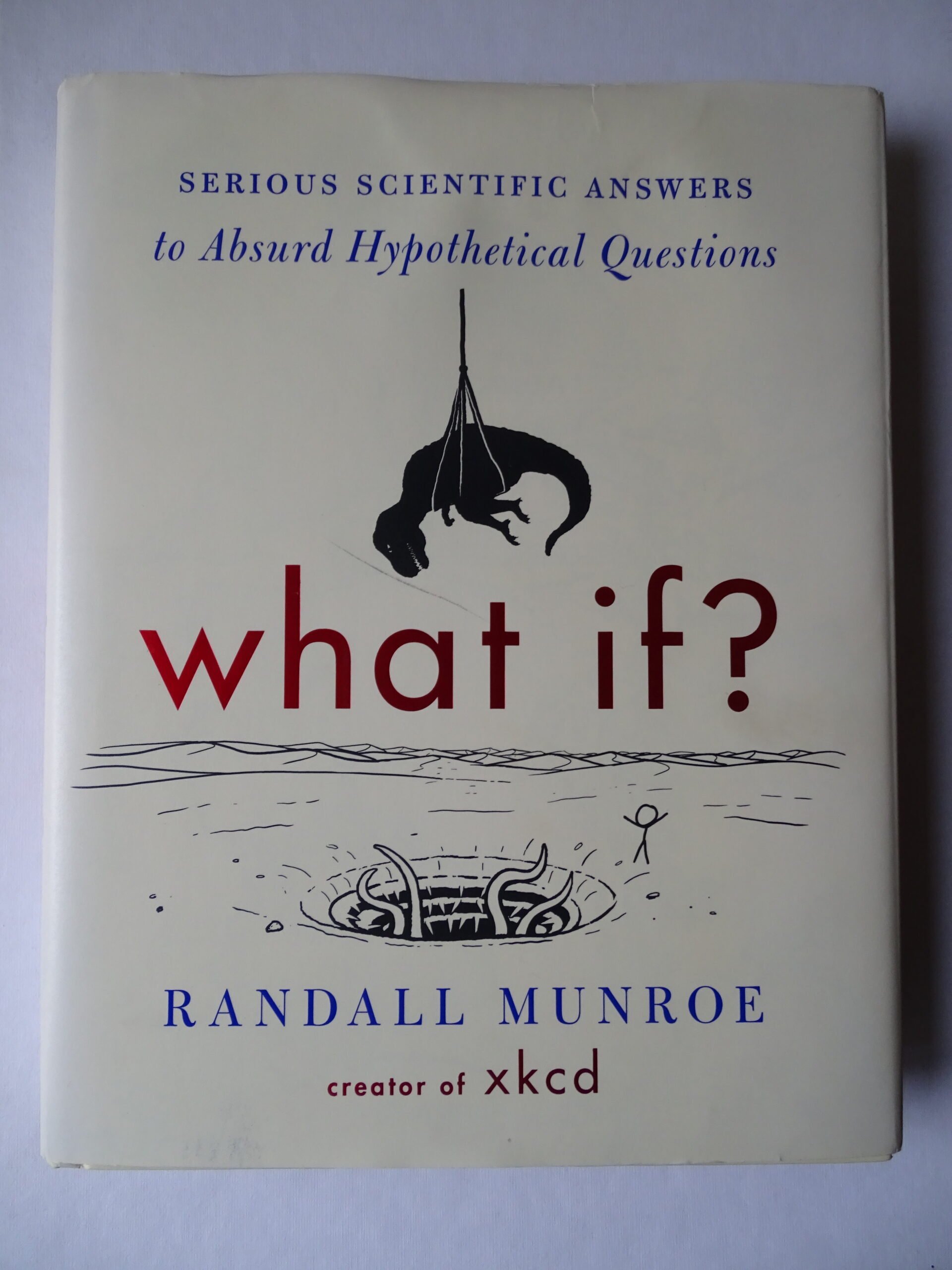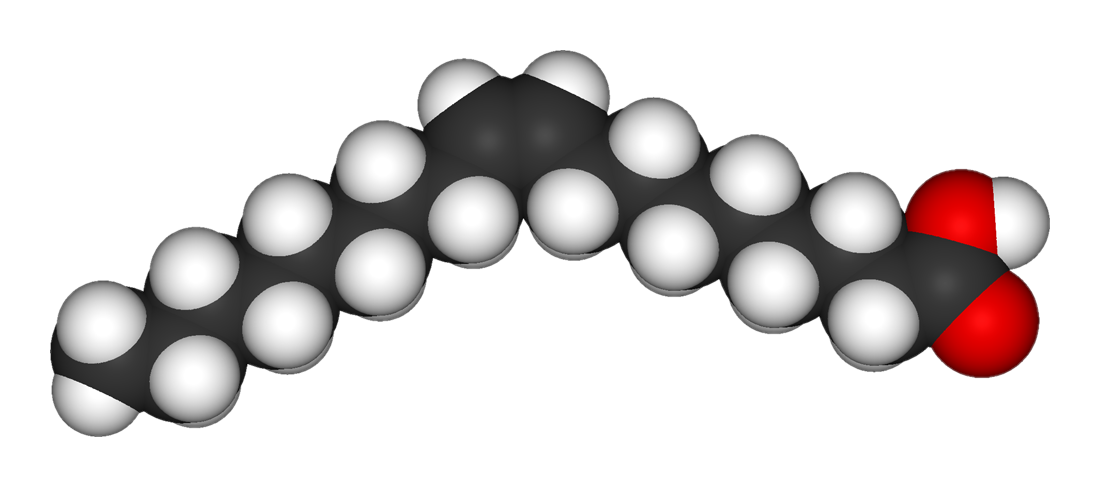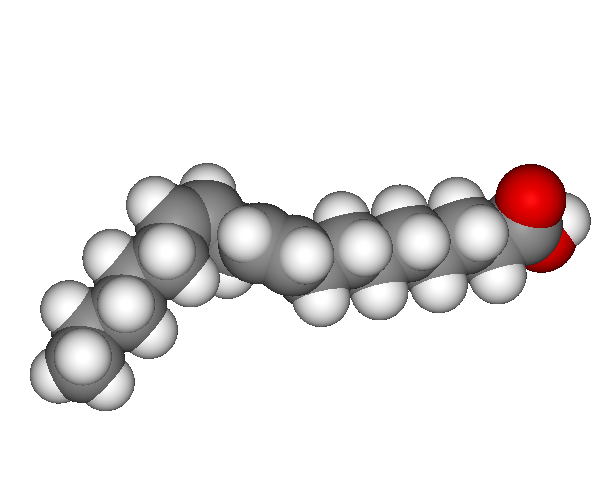

Think about it realistically. Considering just food machines, what foods popular with Americans can realistically be sold out of a vending machine?
Popcorn is a clear winner. It can be made in advance, stored for a while, and then easily dispensed. Its profit margin is high. You can charge two dollars for a bag of popcorn that only cost you twenty cents in ingredients.
Packaged food like potato crisps is also a good idea for the same reason. You don’t even need to keep the vending machine heated. Similarly, cold drinks and ice cream can also be easily dispensed out of a cooled vending machine, although I don’t consider those different from “packaged food”.
But what other American classics are there to consider? Hamburgers are out immediately. They’re too complex to prepare fresh and most people wouldn’t buy a reheated frozen burger.
Hot dogs might be viable, but a machine that sells hot dogs can only see hot dogs due to the mechanical complexity. I think many people would also question the freshness of a vending machine hot dog unless you cooked it right in front of them and let them see it via a glass window. Additionally, a hot dog has a much lower profit margin. If you charge four dollars for a hot dog, it might cost nearly a dollar in ingredients along with the mechanical complexity of the machine. Most people would expect the machine to also dispense condiments like ketchup, mustard, and relish.
Pizza is also complex and would take several minutes to bake from fresh or reheat from frozen. I don’t think people would stand around for several minutes waiting for a machine to heat up pizza. Unless you can get the cooking time under sixty seconds, forget it. Pizza also traditionally baked at 700 degrees Fahrenheit, or 370 degrees Celsius. It’s not an easy to safely install a component that gets that hot in a machine. Pizza that is pre-cooked and kept warm tends to not taste very good.
Fried chicken tenders will lose their crispness over time, even when kept warm. There is no temperature you can keep fried chicken at where it will remain crisp for hours but also not overcook. Hot oil in a machine is a recipe for disaster. French fries are a possible inclusion (the machine in the post sells French fries), but Americans don’t really eat French fries on their own; they are usually served as a side dish along with something else.
Ideally, a machine should be loaded with frozen or pre-cooked food, which it merely keeps warm and dispenses to a buyer when purchased.
Think about Japanese food. Curry, in particular, can be served just barely hot and still delicious. Rice balls can be served refrigerated, as can cold Lawson sandwiches. Instant ramen is also popular, but that’s just packaged food that requires a hot water spigot. I argue that Japanese food in general is just more suitable to be served out of a vending machine.













It’s not really like they were evil about it though. Google attracted customers through its huge (at the time) 1 GB email storage space, which at the time, was unbelievably generous and also impressive in that it was offered for free. Outlook (Hotmail at the time) also drew in customers by offering the service for free, anywhere in the world, without needing to sign up for Internet service. Remember, at the time, e-mail was a service that was bundled with your Internet service provider.
Into the mid-2000s and 2010s, the way that Gmail and Outlook kept customers was through bundle deals for enterprise customers and improvements to their webmail offerings. Gmail had (and arguably, still has) one of the best webmail clients available anywhere. Outlook was not far behind, and it was also usually bundled with enterprise Microsoft Office subscriptions, so most companies just decided, “eh, why not”. The price (free) and simplicity is difficult to beat. It was at that point that Microsoft Outlook (the mail client, not the e-mail service) was the “gold standard” for desktop mail clients, at least according to middle-aged office workers who barely knew anything about e-mail to begin with. Today, the G-Suite, as it is called, is one of the most popular enterprise software suites, perhaps second only to Microsoft Office. Most people learned how to use e-mail and the Internet in the 2000s and 2010s through school or work.
You have to compare the offerings of Google and Microsoft with their competitors. AOL mail was popular but the Internet service provided by the same company was not. When people quit AOL Internet service, many switched e-mail providers as well, thinking that if they did not maintain their AOL subscription, they would lose access to their mailbox as well.
Google and Microsoft didn’t “kill” the decentralised e-mail of yesteryear. They beat it fair and square by offering a superior product. If you’re trying to pick an e-mail service today, Gmail and Outlook are still by far the best options in terms of ease of use, free storage, and the quality of their webmail clients. I would even go so far as to say that the Gmail web client was so good that it single-handedly killed the desktop mail client for casual users. I think that today, there are really only three legitimate players left if you’re a rational consumer who is self-interested in picking the best e-mail service for yourself: Proton Mail if you care a lot about privacy, and Gmail or Outlook if you don’t.